Edible Traditions: 10 Dishes That Define Chinese New Year in Malaysia
LE CORDON BLEU MALAYSIA
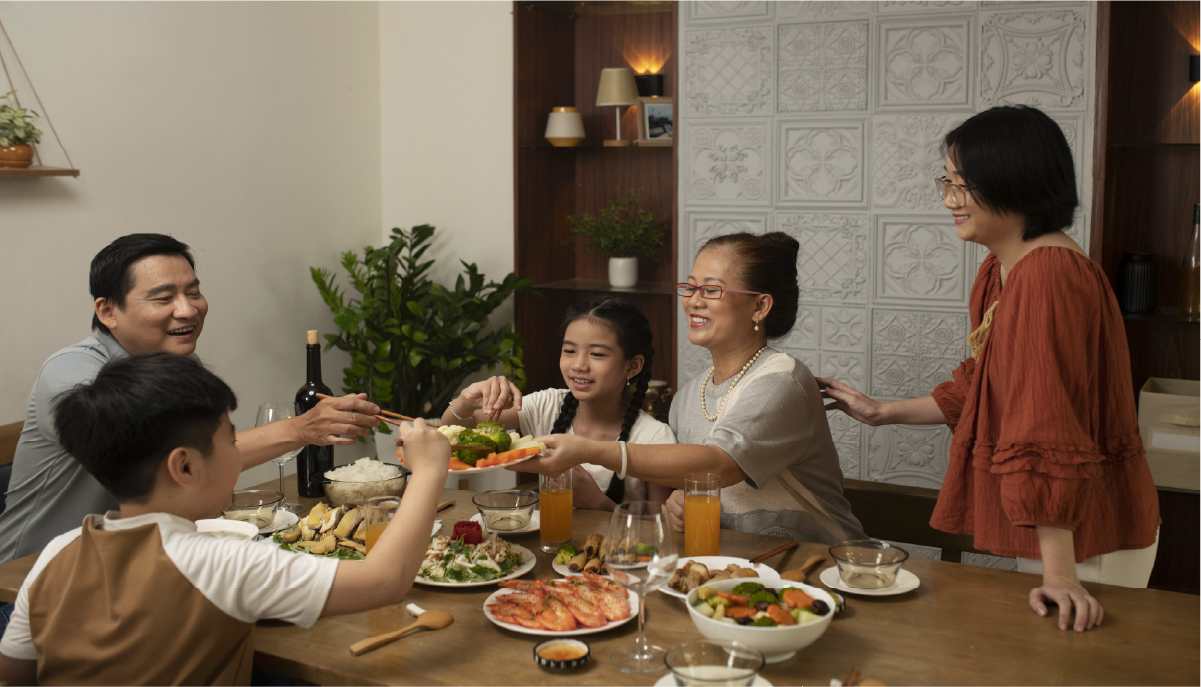 Chinese New Year, also known as Lunar New Year, is one of the most celebrated festivals in the world.
Chinese New Year, also known as Lunar New Year, is one of the most celebrated festivals in the world.
A dish fit for royalty, “Poon Choi/盆菜” is a stunning centrepiece of Chinese New Year celebrations. It symbolises wealth, prosperity, and abundance. Packed with premium ingredients such as braised mushrooms, scallops, sea cucumber, abalone, and black moss (fat choy/发菜), Poon Choi is a slow-cooked treasure trove of flavours.
Each layer is carefully arranged. Starting with vegetables and tofu to soak up the rich, umami-filled broth, followed by meats and seafood, the arrangement results in a harmonious blend of textures and tastes.Beyond its colourful traditions, lion dances, red lanterns, and ang paus (red envelopes), the heart of the celebration lies in food.
Malaysia is a country famed for its multicultural harmony. Here, Chinese New Year menus take on a distinctive flavour by blending traditional Chinese recipes with local influences.
For chefs and food enthusiasts alike, understanding food culture is as important as mastering the art of cooking. Whether you’re pursuing a diploma in culinary arts or simply trying your hand at culinary traditions, it allows you to connect with the roots of your craft and bring authenticity to the table.
This article explores 10 iconic dishes that define Malaysian Chinese New Year celebrations, Each item is steeped in symbolism and tradition, with simple recipes for you to try at home.
1. Yee Sang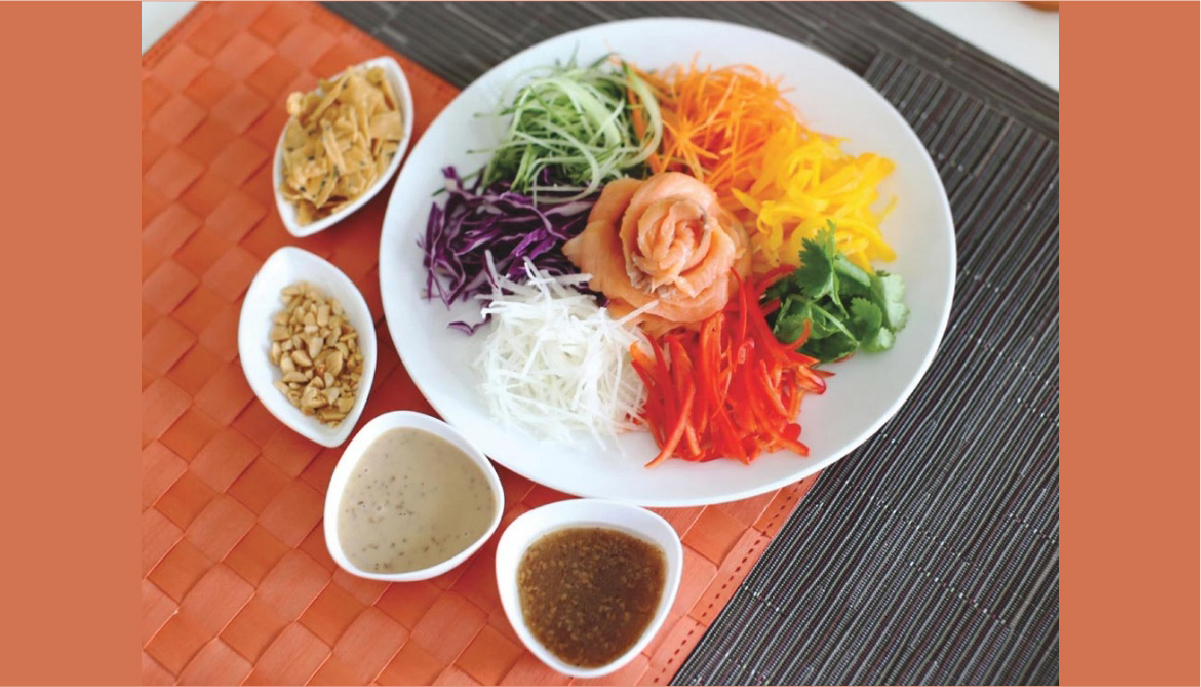
Source: Kewpie Malaysia
Few dishes embody the spirit of Chinese New Year as vividly as Yee Sang.
Despite its literal translation as 'raw fish,' Yee Sang is a colourful salad featuring a mix of shredded vegetables, smoked salmon, jellyfish, fruits, pickled vegetables, and tangy plum sauce.
Traditionally made with carp to signify 'live,' modern variations use other fish such as jellyfish, salmon, tuna, and baits. To make it a more luxurious dish, abalone, lobster, and soft-shell crabs are also included.
Families and friends gather around the table to "Lo Hei," a fun ritual of tossing the salad passionately while shouting auspicious phrases to welcome prosperity and good fortune.
- Ingredients: Shredded carrots, radish, smoked salmon, sesame seeds, peanut crackers, jellyfish, plum sauce.
- Steps: Arrange ingredients on a platter, drizzle with sauce, and toss together with all the best wishes in your vocabulary.
Did You Know?
Yee Sang, also known as "Prosperity Toss," is believed to have originated in Malaysia. Created by a group of Chinese chefs in the 1940s, the vibrant arrangement symbolises abundance, whereas the tossing ritual signifies unity and the collective wish for prosperity.
|
2. Pineapple Tarts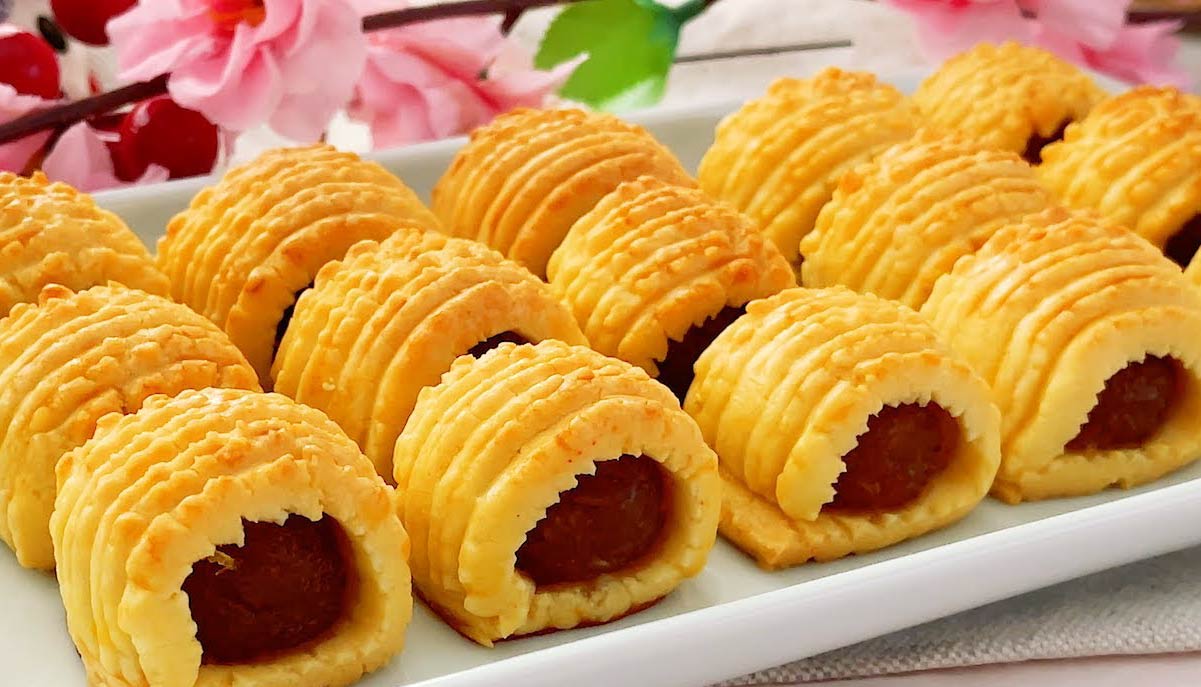
Source: Ruyi Asian Recipes
These buttery, bite-sized treats are synonymous with "旺来/ong lai," which literally means "fortune comes" in Hokkien.
Their golden hue and sweet pineapple jam filling symbolise wealth and sweetness for the year ahead. They are made spicier or more buttery compared to traditional Chinese versions, so you can really feel the kick of the festivities.
Recipe Highlight
- Ingredients: Pineapple jam, butter, flour, sugar.
- Steps: Shape pastry dough around the jam, and bake until golden brown.
Pineapple tarts are a festive staple in Southeast Asia as a symbol of welcoming good luck into the home.
3. Whole Chicken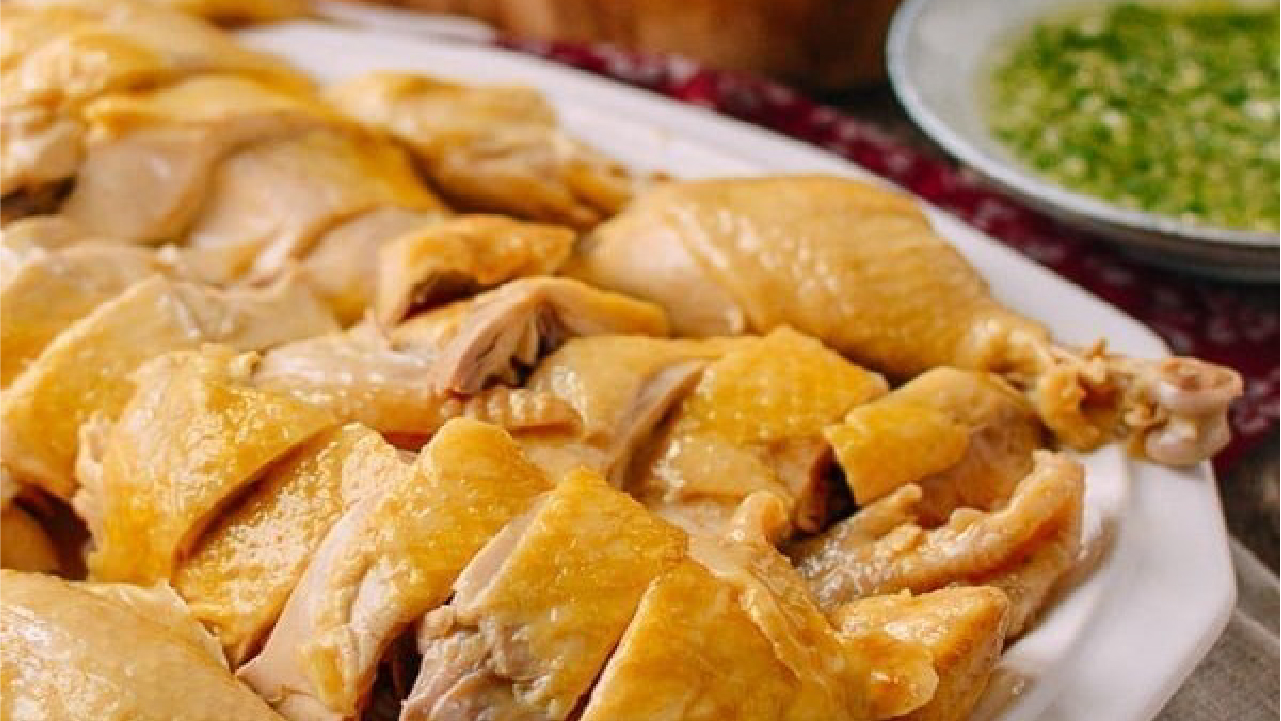
Source: The Woks of Life
A whole chicken, with its head and tail intact, is served during Chinese New Year to represent family unity and completeness of the household.
The dish symbolises a wholesome start to the year, nourishing both the body and the spirit. Its nutritional value adds to its appeal, as chicken is an excellent source of protein and essential nutrients for good health.
Recipe Highlight
- Ingredients: Whole chicken, soy sauce, garlic, Chinese five-spice powder.
- Steps: Marinate, roast or steam, and serve whole with a side of ginger scallion sauce.
In some traditions, a whole chicken is offered as part of ancestral worship. It gives respect and gratitude to past generations, reminding us of our roots and appreciating how far we’ve come.
4. Nian Gao (Sticky Rice Cake)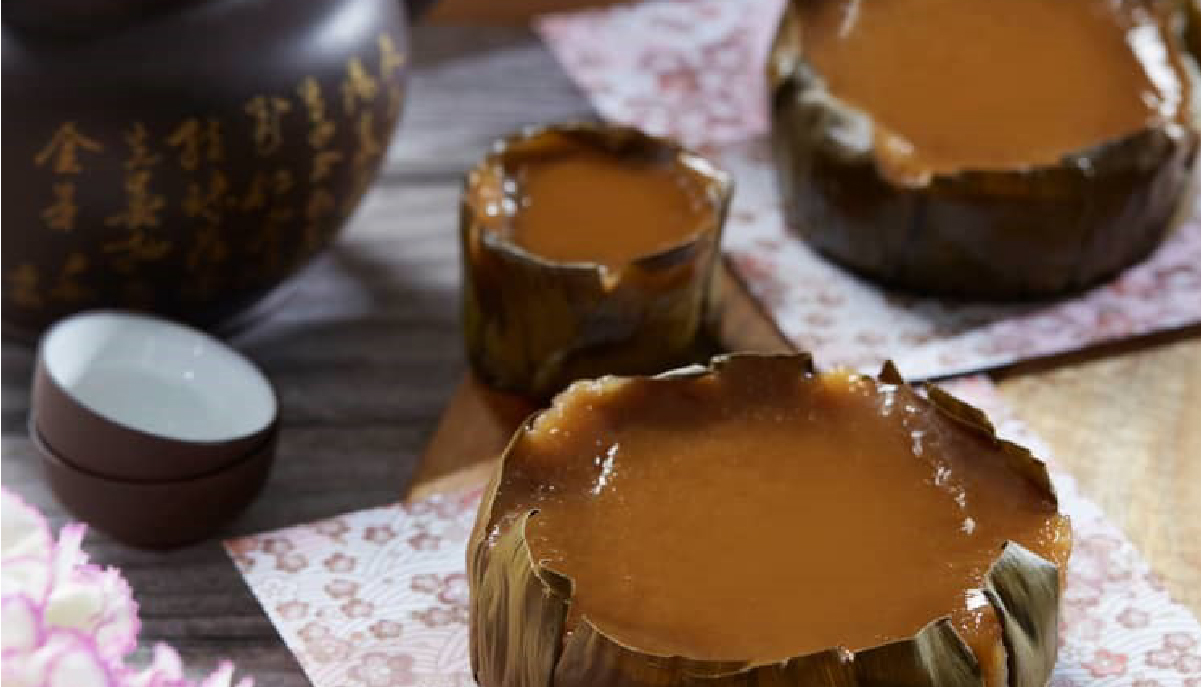
Source: Cookidoo
年糕/Nian Gao is a type of sticky glutinous rice cake traditionally made and shared during Chinese New Year.
Its name translates to "higher year," making it a sweet wish for progress and success in studies, work, and life.
Recipe Highlight
- Ingredients: Glutinous rice flour, brown sugar, water.
- Steps: Combine ingredients, pour into moulds, and steam until firm.
Did You Know?
Historically, Nian Gao was used as an offering to the Kitchen God, who was said to travel to the Heavens to report on the household's behaviour to the Great Jade Emperor. The sticky texture ensured a "sweet" report, bringing bountiful blessings for the coming year.
|
5. Fish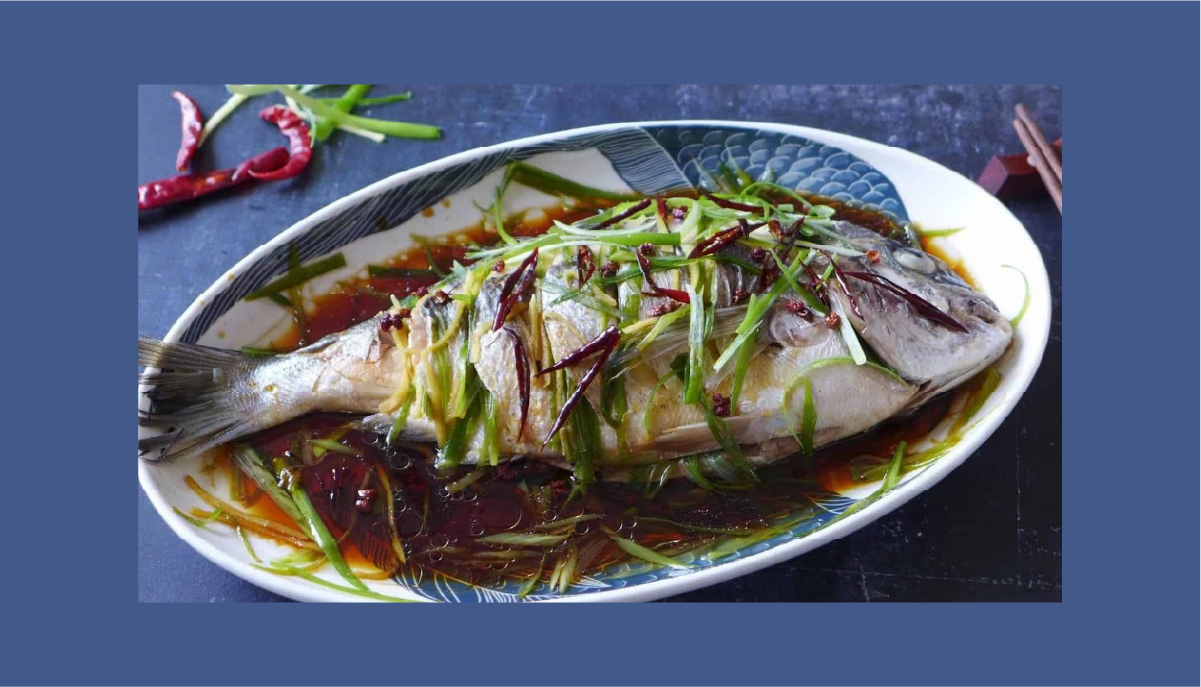
Source: Red House Spice
The word "fish" (鱼/yú) in Chinese sounds like another character “余,” meaning “surplus."
A fish dish is a must-have on the reunion dinner table. A whole steamed fish represents abundance and prosperity, two key wishes for the new year.
Recipe Highlight
- Ingredients: Whole fish, soy sauce, ginger, scallions.
- Steps: Steam fish, pour soy-sesame sauce over it, and garnish with fresh scallions.
To truly bring home its symbolic meaning, families often leave some fish uneaten at dinner to carry over the extra fortune into the new year.
6. Prawns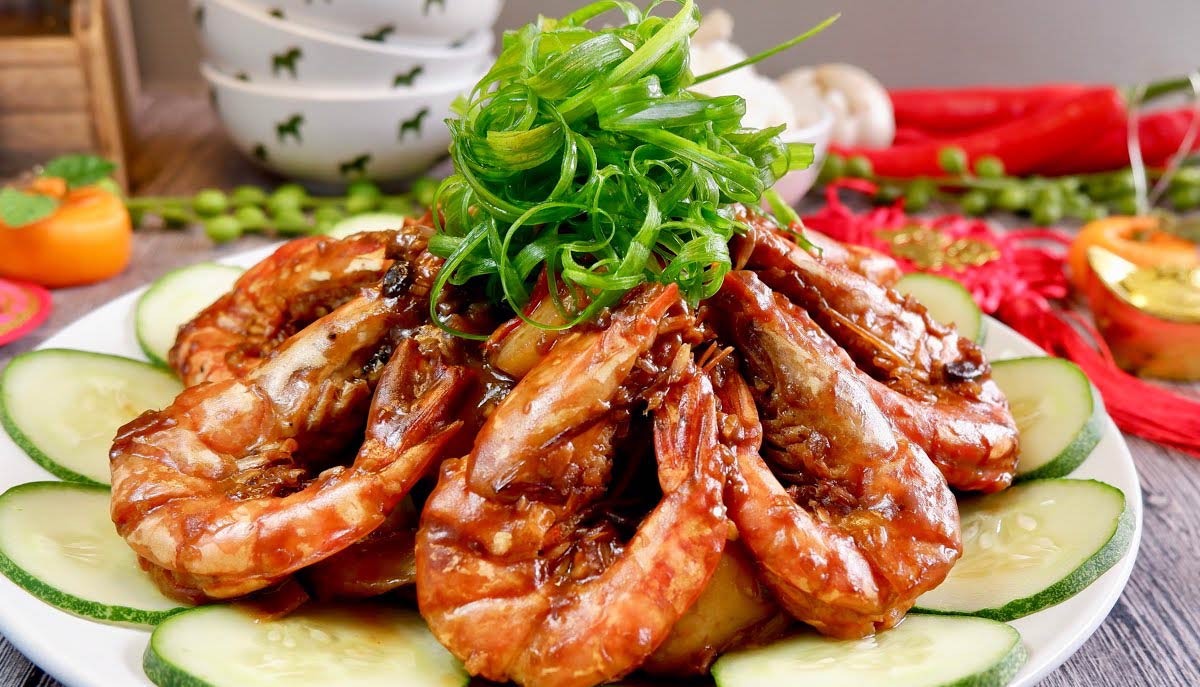
Source: Spice N’ Pans
In Cantonese, "虾/ha" (prawns) mimics the sound of laughter “哈”, symbolising happiness and joy.
These delightful crustaceans are sautéed or grilled to a golden scarlet perfection, and packed with flavours.
Recipe Highlight
- Ingredients: Prawns, garlic, chilli, butter, cilantro.
- Steps: Sauté prawns in garlic butter with a hint of chilli for an umami-filled dish. Garnish with cilantro and serve.
Serving prawns during Chinese New Year is believed to bring happiness and good cheer to everyone at the table. You’ll often find restaurants naming their prawn dishes “笑哈哈,” meaning “laugh out loud”.
7. Bak Kwa (Chinese Dried Meat Jerky)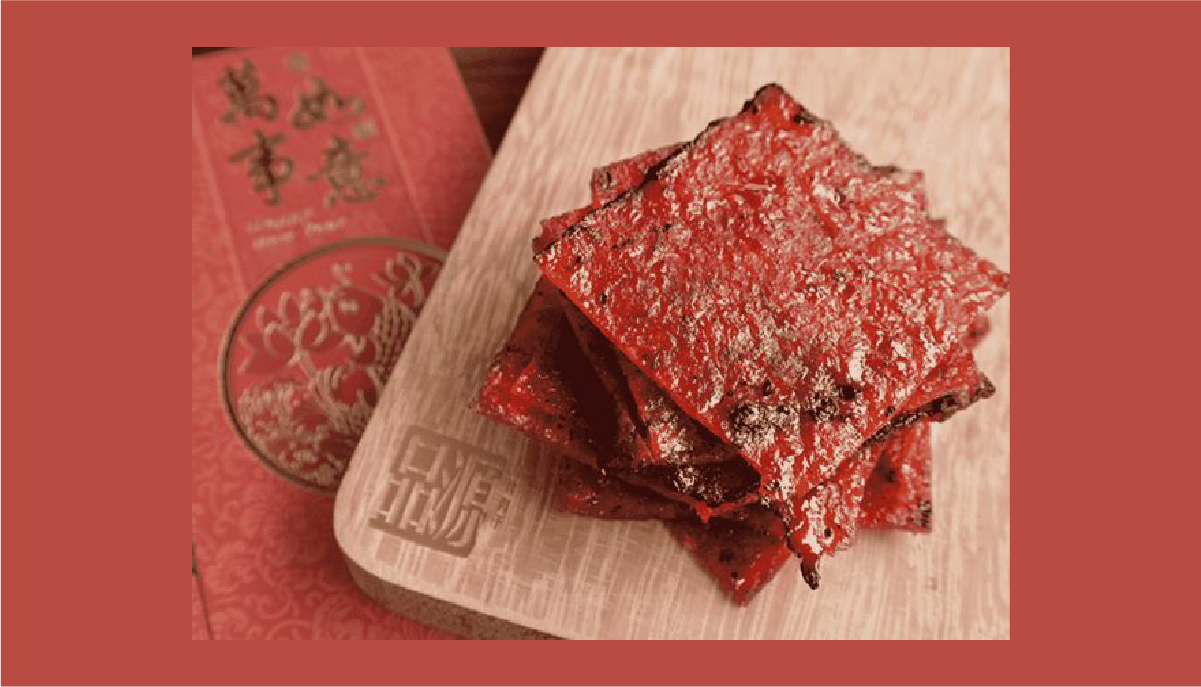
Source: Bello Bello
A staple in Chinese New Year hampers, Bak Kwa is a sweet and smoky delicacy that holds a special place in festive celebrations.
Many families line up for freshly grilled Bak Kwa during the Chinese New Year rush, drawn by its enticing aroma wafting through bustling streets. While traditionally made from pork or chicken, modern plant-based alternatives are also on the rise.
Recipe Highlight
- Ingredients: Minced pork or chicken, soy sauce, honey, sugar, five-spice powder.
- Steps: Marinate meat, spread thinly on trays, bake until firm, and grill for a smoky finish.
Did You Know?
Bak Kwa’s origins can be traced to Fujian, China. The preparation method was initially created as a way to preserve meat. Over time, it evolved into a luxurious treat often gifted as a gesture of goodwill and well wishes during the Chinese New Year.
|
8. Poon Choi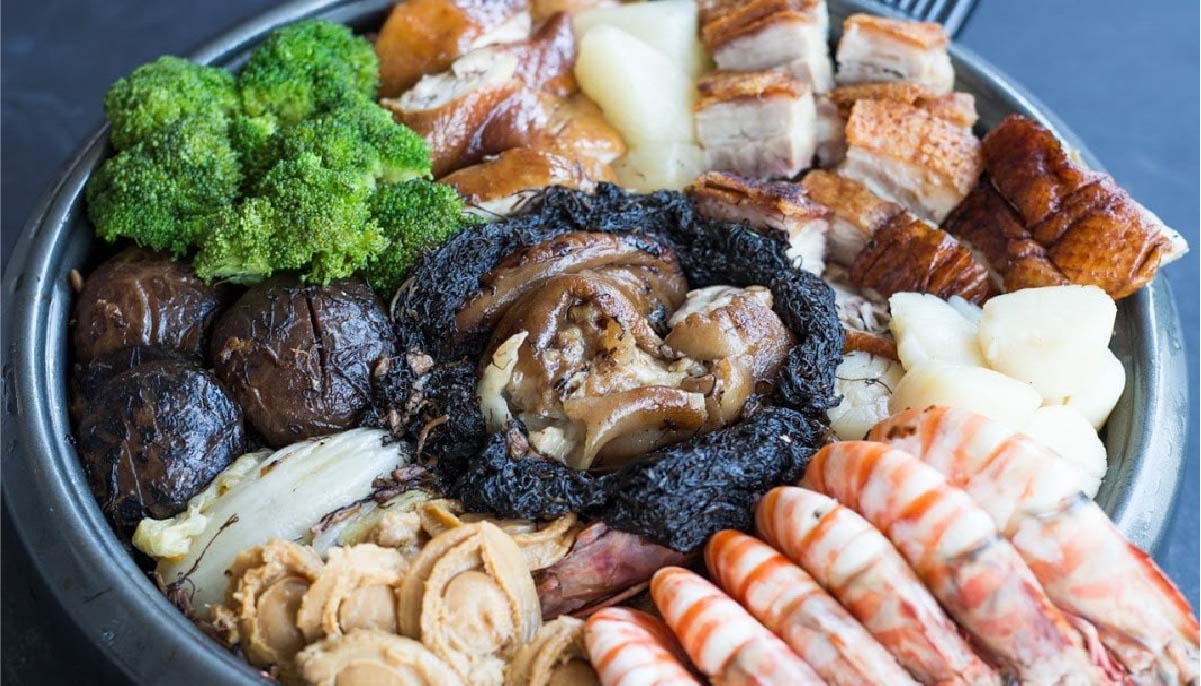
Source: The Hungry Excavator
A dish fit for royalty, “Poon Choi/盆菜” is a stunning centrepiece of Chinese New Year celebrations. It symbolises wealth, prosperity, and abundance.
Packed with premium ingredients such as braised mushrooms, scallops, sea cucumber, abalone, and black moss (fat choy/发菜), Poon Choi is a slow-cooked treasure trove of flavours.
Each layer is carefully arranged. Starting with vegetables and tofu to soak up the rich, umami-filled broth, followed by meats and seafood, the arrangement results in a harmonious blend of textures and tastes.
Recipe Highlight
- Ingredients: Braised mushrooms, scallops, sea cucumber, abalone, black moss, roast meats, prawns, Chinese cabbage, tofu, dried oysters, and rich broth.
- Steps:
- Braise mushrooms, sea cucumber, and abalone in a flavourful sauce.
- Arrange ingredients in layers, with vegetables and tofu at the bottom.
- Simmer everything in a clay pot to allow the flavours to meld.
- Serve hot and enjoy (best shared with family and friends!).
Did You Know?
The origin of Poon Choi can be traced back to the Southern Song Dynasty. Villagers collected their best food available to prepare it as a grand meal for the fleeing emperor and his officials when the Mongol troops invaded.
Since there were not enough serving containers available, they used large wooden washbasins instead, hence the name “big bowl feast" or "basin cuisine”.
|
9. Kuih Kapit (Love Letters)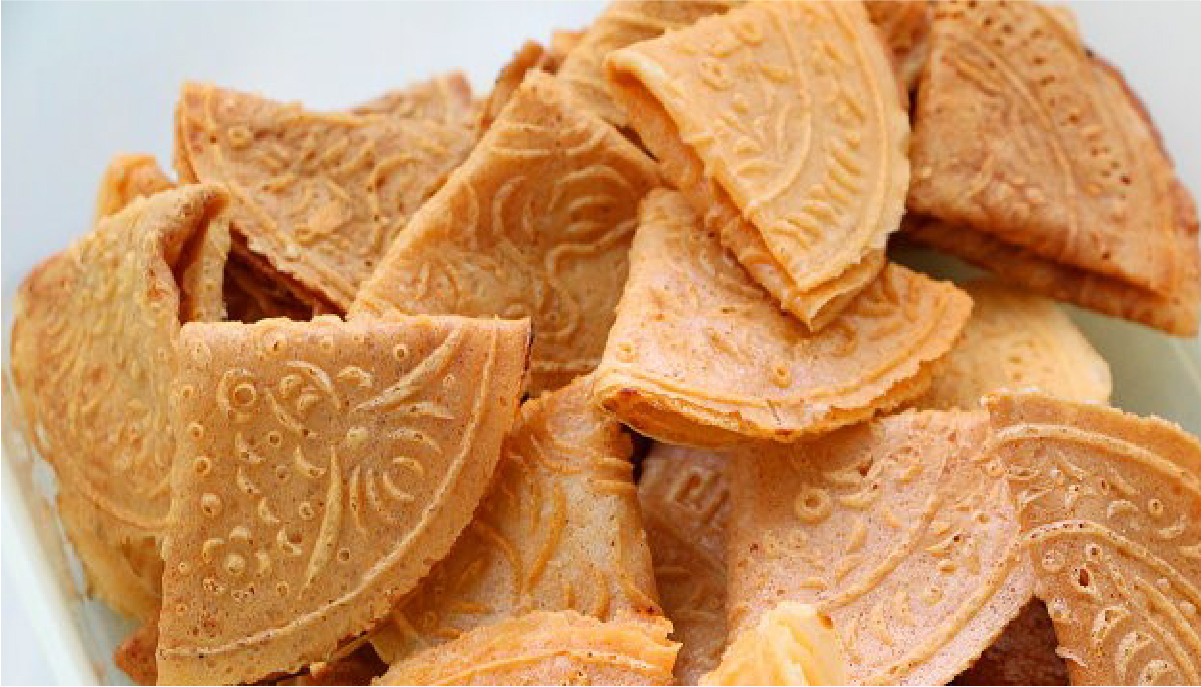
Source: Mix & Match Baking Concept
Kuih Kapit are delicate, crisp wafers folded into shapes resembling letters. The intricate patterns on each wafer symbolise love and the strong bonds of family.
Recipe Highlight
- Ingredients: Eggs, coconut milk, sugar, flour.
- Steps: Mix batter, pour into moulds, and fold into quarters while still warm.
Traditionally, these thin, crispy wafers were made using charcoal stoves and heavy, ornate iron moulds. Some homes still make them this way as a family tradition and bonding activity.
10. Red Bean Soup with Glutinous Rice Balls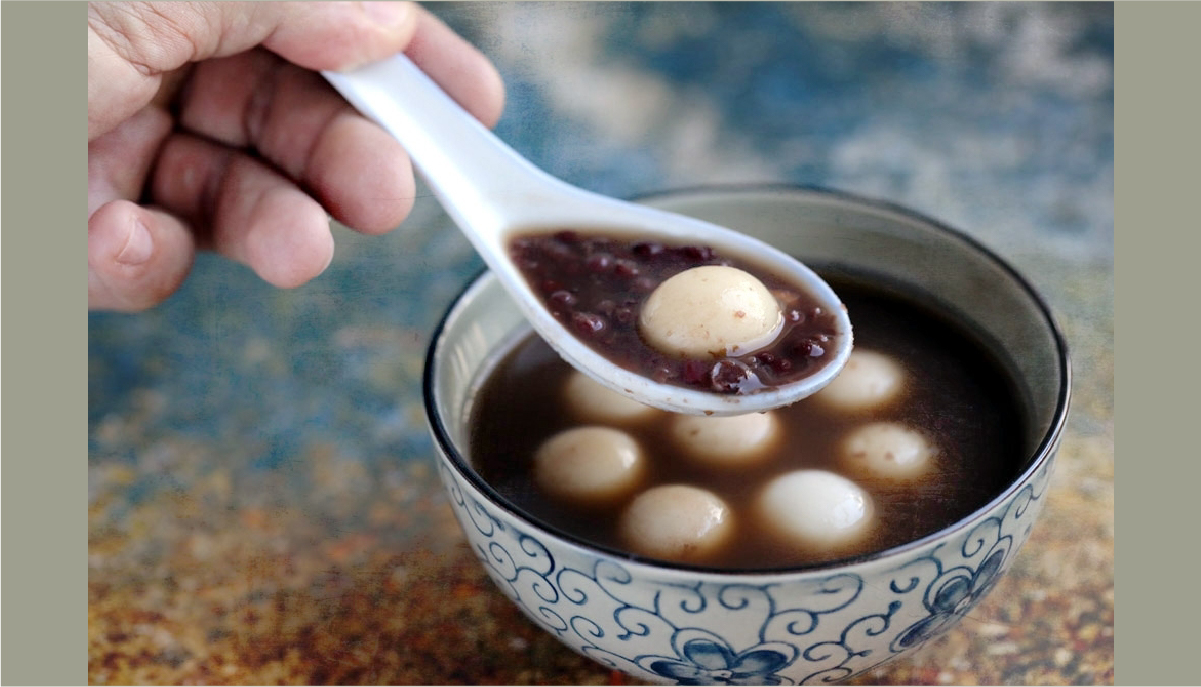
Source: Malay Mail
“汤圆/Tang Yuan,” or glutinous rice balls, are cherished symbols of family unity and “roundness,” representing togetherness and perfect harmony.
Served in a warm, sweet red bean soup, this dessert is a comforting way to conclude a festive meal. It is especially significant on the 15th day of Chinese New Year, which marks the Lantern Festival.
Recipe Highlight
- Ingredients: Red beans, glutinous rice flour, sugar, water.
- Steps: Simmer red beans for the soup, mix glutinous rice flour with water to form a dough, roll into balls, and cook the balls until they float.
Tang Yuan can be enjoyed plain, but they also come with a variety of fillings to cater to different tastes. Classic options include black sesame or peanut, while modern adaptations feature chocolate or fruit-based fillings.
The soups in which Tang Yuan are served are equally versatile. Popular alternatives include a fragrant ginger syrup for a warm, spicy kick or a rich coconut milk base for a creamy, indulgent twist.
Kick Off the Chinese New Year with Le Cordon Bleu Malaysia
Chinese New Year is as much a celebration as it is a heartfelt expression of tradition, unity, and hope for the future.
Each dish carries symbolic meanings that give a glimpse into the beauty of Chinese heritage.
For aspiring chefs, understanding these culinary traditions is essential to creating authentic and meaningful dishes.
At Le Cordon Bleu Malaysia, we offer courses that go beyond technique, instilling a profound appreciation for global food cultures. From a diploma in pastry and bakery to specialised baking classes in Malaysia, gain both technical skills and cultural insights.
If you’re ready to take your culinary journey to the next level, why not start with us? Contact us today to learn more about our culinary arts course and more.
For more information, WhatsApp us at 019-305 2586 or email to malaysia@cordonbleu.edu.
Le Cordon Bleu wishes you and your loved ones a Happy and Fortutious Chinese New Year!











